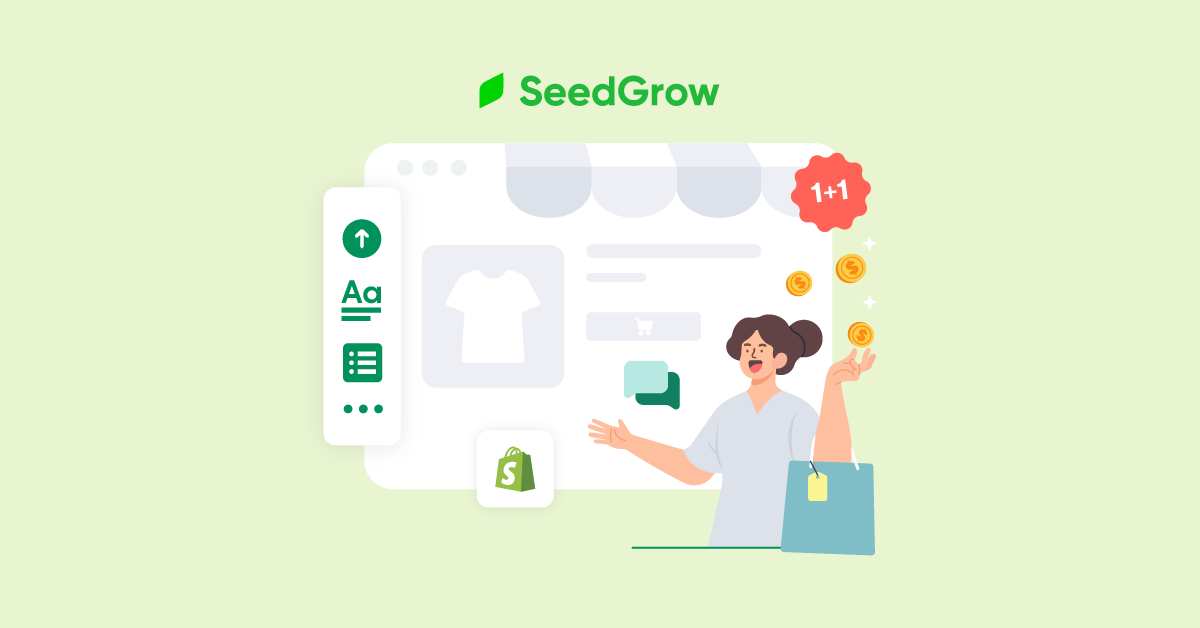Besides the high-quality product you sell, a great shopping experience is the main reason why a customer wants to buy from your store again. As Shopify stores continue to clutter, the store owner needs to continuously optimize Shopify customer experience to make their customers shop from them on an ongoing basis.
But how do you do that? After all, providing an excellent customer experience is so much more than just having a user-friendly website or offering a few discounts.
We’ll break down some actionable practices to help you focus your efforts on cultivating happy and loyal customers to ensure increased ecommerce sales for your Shopify optimization.
Table of Contents
1. Personalization is Key
Personalization makes your customers feel valued and even extra special. Utilize the data you collect from customers’ past purchases and browsing behavior to offer personalized product recommendations.
All those relevant recommendations enhance the customer’s shopping journey by showing them products that align with their interests and preferences.
For example, you can implement a “Recommended for You” section on your homepage that displays products based on each customer’s previous purchases and browsing history.
This feature uses algorithms to analyze data and present personalized suggestions, increasing the likelihood of customers finding products they’ll actually love and want to buy.
And to make it even easier, you can use an app like EXPO – Extra Product Options to optimize Shopify personalized customer experience. You can create a choice list or swatches of recommended products that fit with the product on the page, making cross-selling a breeze.
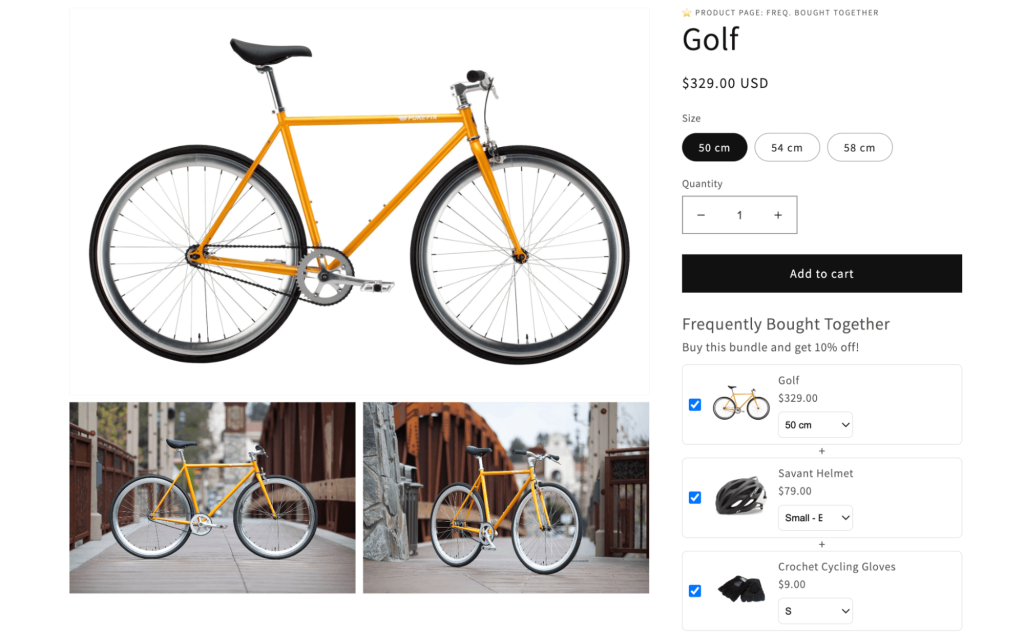
2. Seamless and Intuitive Website Navigation
A cluttered and confusing website can frustrate customers and lead to higher bounce rates. Remember that no one has the time to try too hard just to find the product they’re looking for in an amateurish Shopify store.
Meanwhile, when your website design is clutter-free and visually appealing, customers can focus on finding what they need without unnecessary distractions.
Make sure you optimize Shopify website’s navigation by categorizing products logically, offering clear and intuitive menus, and using search functionality. And don’t forget to use simple and minimalistic design to prevent your visitors from being overwhelmed by too many colors and visuals.
Also, since 79% of Shopify traffic comes from mobile devices, it’s mandatory to make your store mobile-friendly.
There are great Shopify page builder apps available like GemPages, PageFly, ShoGun, etc. that make it super easy to customize your website’s layout and design. With these apps, you can use templates that are optimized for a great user experience, and you don’t need any coding skills – just drag and drop.
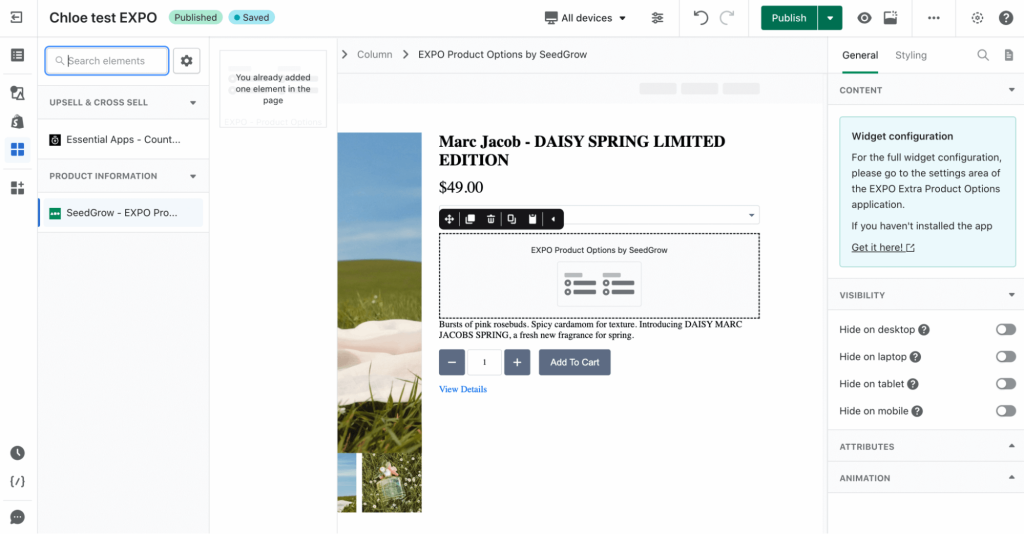
Also, it’s important to make sure your Shopify customers know exactly what they’re adding to their cart. A great tool to help with this is Shopify variation swatches app like VARIO. It allows you to easily design swatch styles, pick color codes, and even hover over swatches to view bigger image thumbnails.

3. Speed Up Load Times
In today’s fast-paced world, we all have little patience for slow-loading websites. It makes sense when the statistics show that website conversion rates drop by an average of 4.42% with each additional second of load time.
The average web page load time is 2.5 seconds on desktop and 8.6 seconds on mobile. To reduce the bounce rate of your Shopify store, you can use tools to analyze and improve your site’s speed, optimizing images and minimizing code where necessary.
A faster website not only improves Shopify customer experience but can also positively impact your search engine rankings.
To speed up your Shopify store site, you can optimize your media files or use some great Shopify speed optimization apps like Loadify, Hyperspeed, or SearchPie which can help speed up your site and boost your SEO conversion.
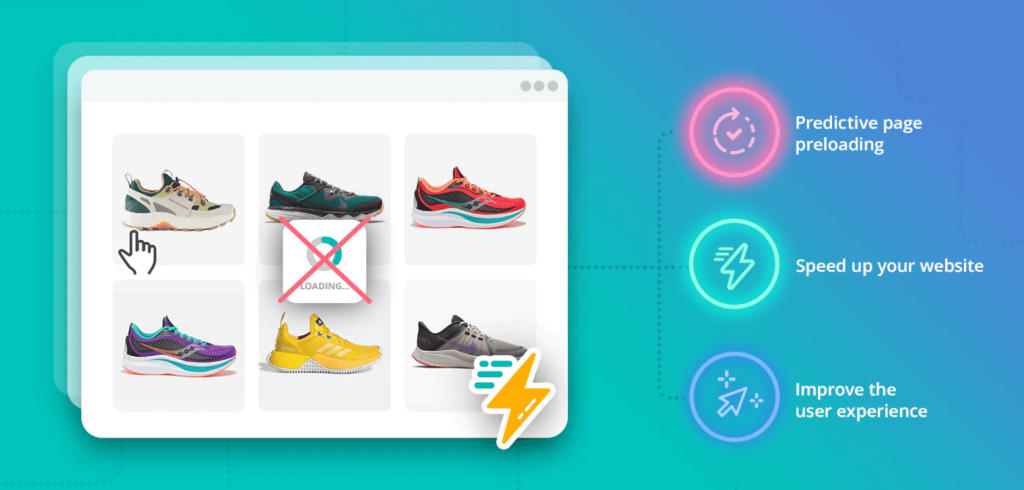
When seeking added technical support to enhance your Shopify store, exploring a dependable talent marketplace is advisable. Within these platforms, you can discover accomplished Shopify developers for hire, a choice embraced by numerous businesses and startups. Toptal’s developers undergo a rigorous vetting process, ensuring their profound knowledge and expertise, which can significantly elevate the performance of your eCommerce enterprise.
4. Detailed Product Information
Every customer just wants to make sure that they buy the right product– they can get just what they’ve expected. Customers do not shy away from moving to other pages and sites if the page you show fails to describe the product thoroughly.
In this case, detailed product descriptions, high-quality images, and customer reviews help make informed decisions. Organizing your product page with tabs is a great way to boost your sales. With a Shopify app like Easy Tabs – Product Tabs, you can create powerful tabs to organize your product descriptions showcase and make it easy for customers to find what they’re looking for.

Put yourself in your customers’ shoes, and try to answer all possible questions customers might have in mind when they’re shopping, such as:
- What is the product made of?
- What benefits does it provide, what does it mean to consumers, or why should they buy it?
- How should they use it?
- When will the product be dispatched?
Transparency builds trust, and when customers have all the information they need, they are more likely to make a purchase and be satisfied with their choices. Plus, if they do have any questions, you can easily provide them with answers using the FAQ tab. We recommend using the Shopify app Easy Slide Accordion tabs & FAQ to create one for your store.
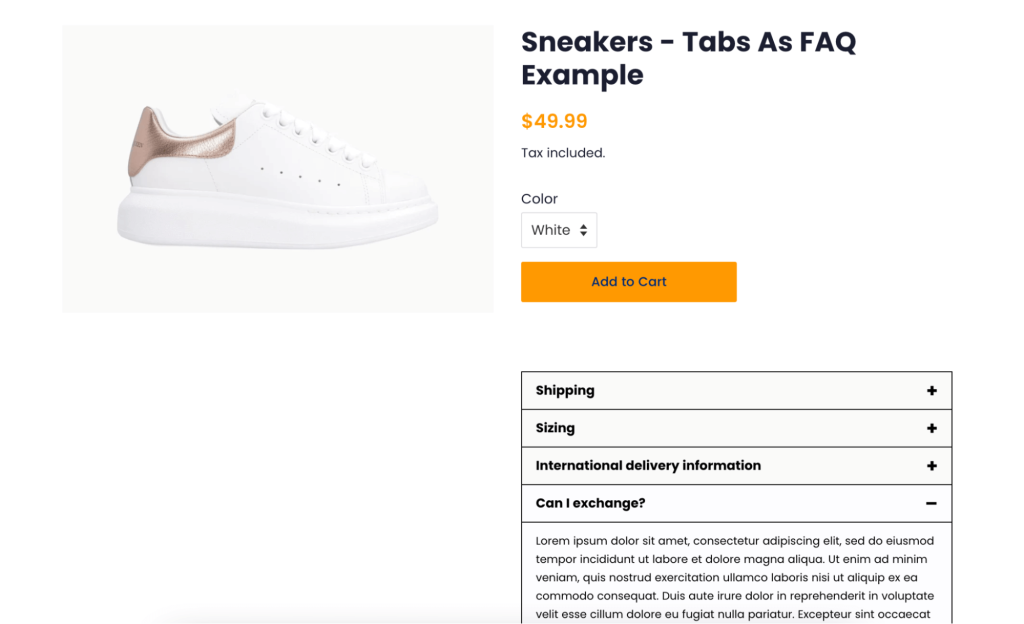
When you’re sharing information about your products, take things to the next level by offering extra services that add value for your customers.
For example, you might provide gift wrap option or let customers upload custom images for printing on your products.
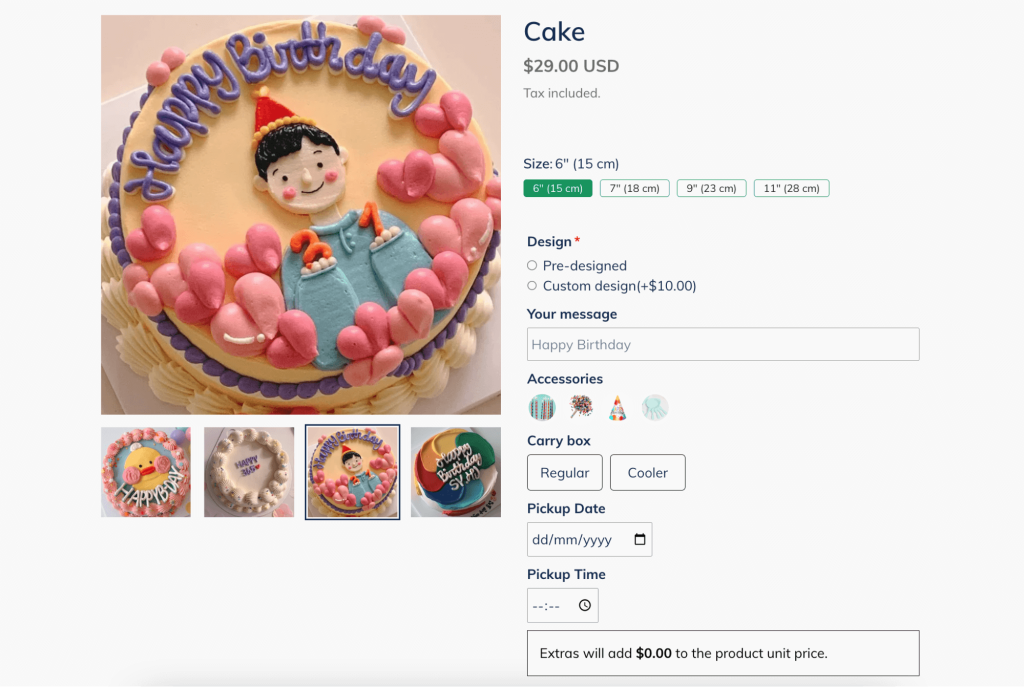
You could even offer a time picker feature to let them personalize their purchases to their exact liking. These little touches can really boost customer satisfaction and make them feel appreciated.
5. Efficient Customer Support
Managing a Shopify store isn’t all about selling. It’s also about providing potential customers with what they want to know about your business so that they’re getting closer to becoming paying customers. This is when responsive and quick customer support comes in handy.
Excellent customer service can turn dissatisfied customers into loyal advocates for your brand. It’s always best to use multiple channels to optimize Shopify customer support, such as live chat, live-stream videos, animated videos for guides, email, and phone, and ensure that your support team is well-trained and responsive.
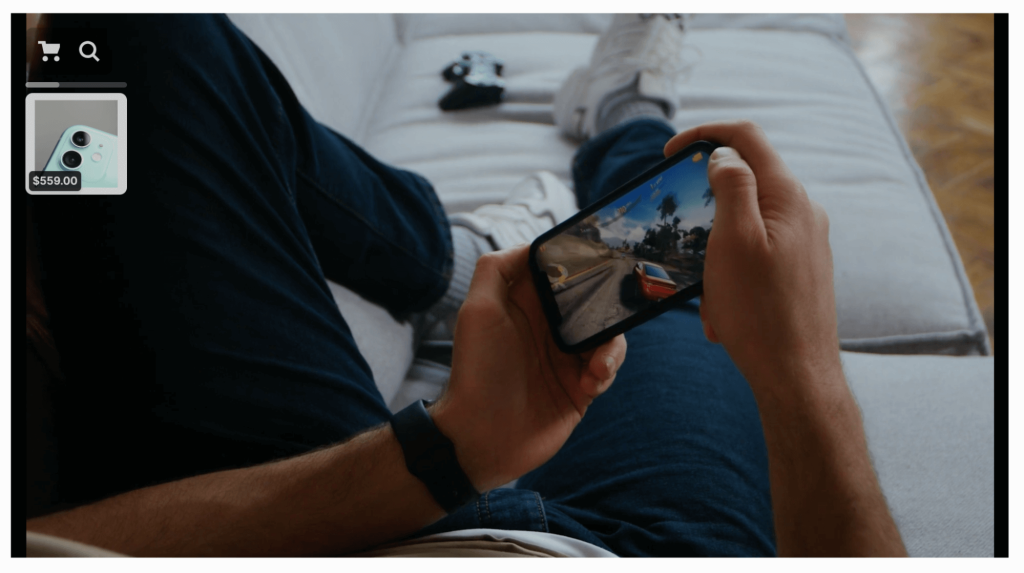
The key here is to address customer inquiries and concerns promptly and professionally. Adding some extra touches to your customer support can really make a difference, like integrating WhatsApp chat into Shopify store, providing pre-filled messages, and placing the chat button in convenient spots.

You can even try out the free SeedGrow WhatsApp Chat Widget to make things even easier.
6. Simplify the Checkout Process
Lengthy and complicated checkout processes can lead to cart abandonment, even worse– no-longer-interested potential customers. As we already know, shopping cart abandonment is a major problem on Shopify optimization journey.
Streamline and optimize Shopify checkout process by reducing the number of form fields and providing various payment gateways to cater to diverse preferences. Consider enabling one-click purchasing options for returning customers to expedite the checkout process.
You might as well be upfront about all fees and shipping costs from the very beginning, as hidden fees can cause potential customers to second-guess their purchase.
And if you’re running an international store, it’s important to have a checkout process that’s easy to understand and transparent. Consider setting up a multi-currency system on your Shopify store to make things seamless for your Shopify customers.
7. Reward Loyalty
Reward loyalty programs are a fool-proof way to value your loyal shoppers and make them stick around longer. It doesn’t encourage repeat purchases but also fosters a sense of community and belonging. Offer discounts, exclusive access to new products, or special promotions to incentivize customers to keep coming back to your store.
You can also use reward programs to generate richer customer data and support your other online store activities, such as personalizing content, better-targeting ads, or creating future sales plans. You can set up a program using Shopify apps like Joy Loyalty & Rewards Program or BON Loyalty Rewards Referrals.
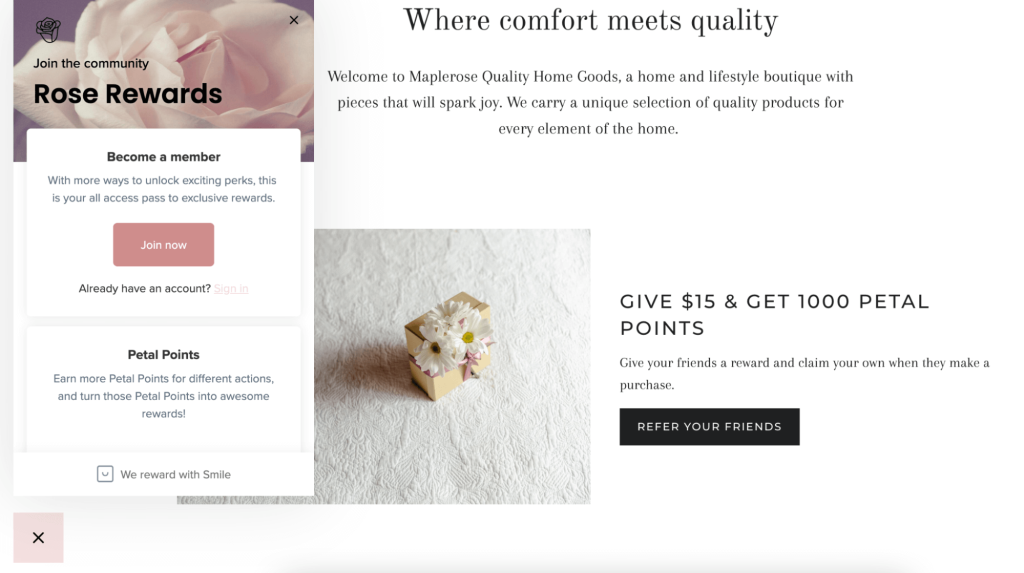
Another great way to get started is by using the Shopify product reviews apps. Customers can leave reviews, and you can use their feedback to improve and optimize Shopify products and services.
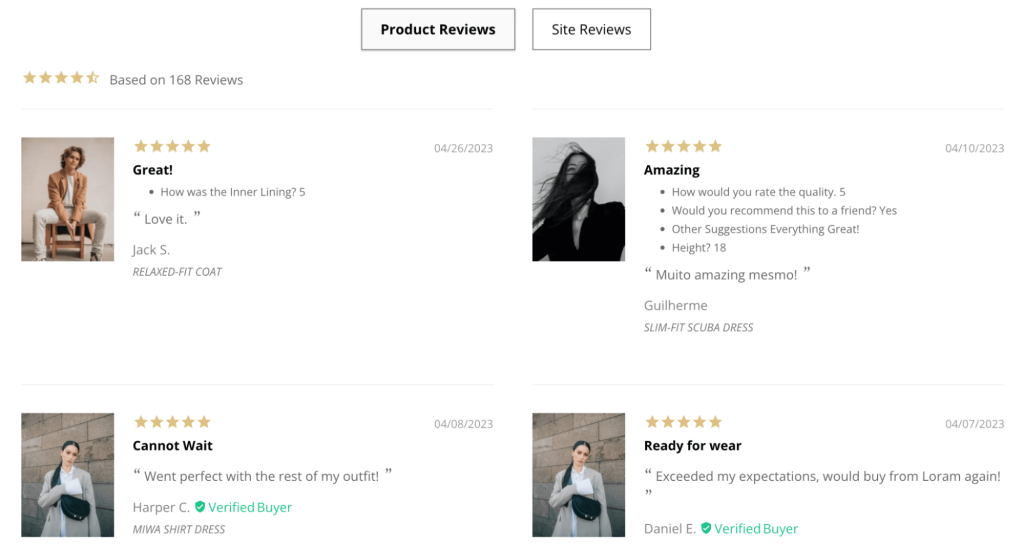
It’s Your Time to Optimize Shopify Customer Journey Today!
Shopify optimization often starts with a superb customer experience. Beyond offering high-quality products, providing an exceptional Shopify shopping journey is the cornerstone of building customer loyalty and driving long-term success. Implementing the actionable practices above helps you create a positive, memorable, and personalized experience for your Shopify customers– which sets your store apart from competitors and keeps customers coming back for more.
